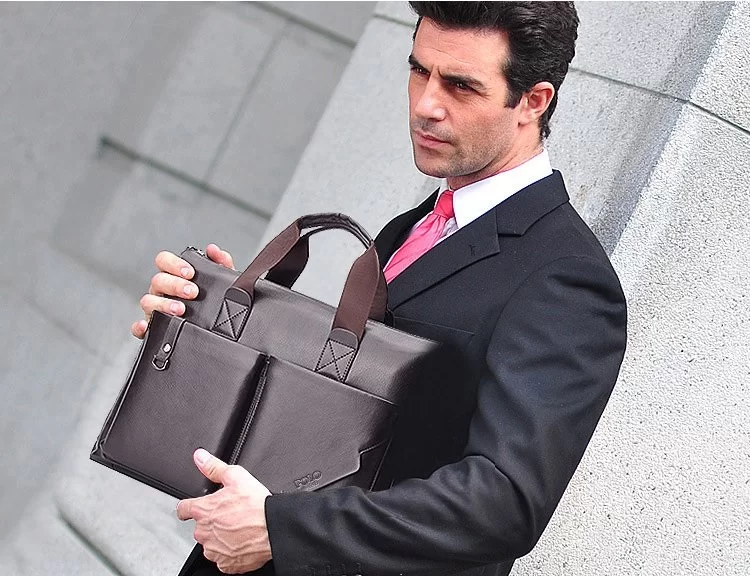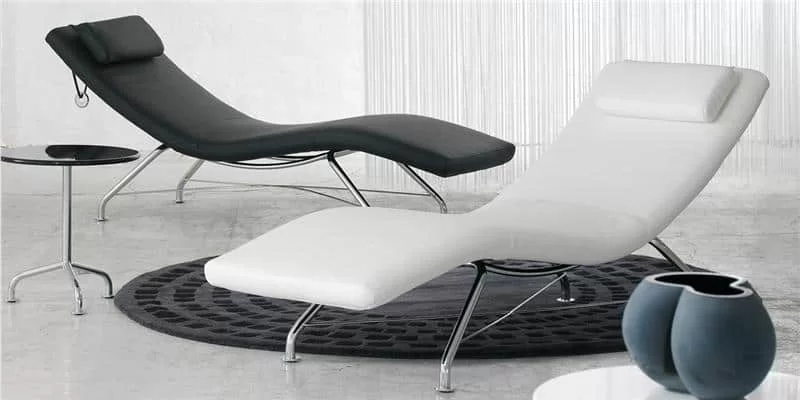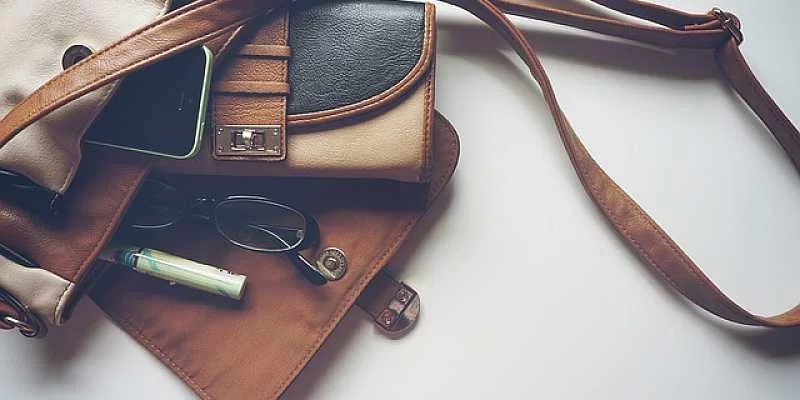
Compare eco-leather and artificial leather
The modern textile industry regularly uses the latest polymeric materials. This is due to the fact that they are cheaper and often more beautiful than natural ones, and in terms of operational properties they are not inferior to the “original”. And this is especially evident in the «leather» products.
So, clothes, shoes and accessories made of genuine leather are attractive and durable, but at the same time they are characterized by a very high price and are not suitable for convinced vegetarians and vegans. To remedy these two problems, the textile industry often releases alternatives that retain both the design and quality of the predecessor. The most popular of them are eco-leather and artificial leather (leatherette).
In this article, we will figure out how eco-leather differs from artificial leather — and which is better to use.
eco-leather

Eco-leather is a fairly new material that is highly technological. It is based on a polyurethane mass, but it is not the only substance in the structure. Eco-leather is a multilayer material with very good performance properties.
So, eco-leather is characterized as follows:
-
It is very resistant to wear. Does not crumble, wear out and does not change color over time. Things made from it are resistant even to sunlight — they do not dry out and do not turn yellow under ultraviolet light;
-
She is breathable. That is, it has a «breathing» effect. Thanks to this, the body under the clothes does not sweat and does not “evaporate” at high temperatures. It is also useful in the manufacture of shoes;
-
She is elastic. Clothes and shoes «adjust» to the individual anatomical features of the wearer, without causing discomfort and discomfort. Of course, this is not a reason to take shoes two sizes smaller, but some eco-leather sneakers or sneakers will feel much nicer;
-
It mimics the texture of natural leather. It does not differ from natural material either visually or to the touch. At the same time, it retains softness, which makes things from it even more comfortable;
-
She is hypoallergenic;
-
She’s inexpensive.
In addition to directly polyurethane or polypropylene, eco-leather also contains cotton or natural leather shavings. Polymers serve only as a link. And most importantly — polyurethane and polypropylene, which are part of eco-leather, are environmentally friendly and do not cause irritation.
The only drawback of the polymer base is the relatively small temperature range of operation. However, with everyday use, it is unlikely to go beyond its limits. Polymers begin to be damaged at temperatures below -35 degrees or above 100 degrees.
All this provides a very wide range of applications of eco-leather. Clothing, upholstery of furniture and objects (for example, car seats), accessories and shoes are made from it. Eco-leather varieties differ in softness. For example, haberdashery is more rigid — so that handbags and purses keep their shape better.
So, let’s sum up.
Advantages
-
Realistic texture, almost indistinguishable from the natural version;
-
Softness, firmness and elasticity. All this increases the reliability and durability of products;
-
In the production of some varieties of eco-leather, natural shredded leather is used.
Flaws
-
Easily scratched, especially when in contact with abrasives — including when cleaning or similar processing;
-
Extremely unstable to cutting effects, easily pierced;
-
The layered structure of eco-leather can lead to the fabric base being visible through defects on the top decorative film.
In general, things made of eco-leather are comfortable, practical and durable. The only complaint about this material is the insufficient strength of the top layer, due to which it is easily cut and scratched by abrasives. But with careful wearing or use, things made of eco-leather will please the eye for a long time.
By the way, eco-leather can be “modified” with various additives. That is, they distinguish cold-resistant, high-strength, heat-resistant, resistant to acids and alkalis, reinforced and several other varieties.
Faux leather

Artificial leather (leatherette or leatherette) is also a polymeric material, only polyvinyl chloride is used as a base. It is relatively safe and can accept any texture. But the main advantage of polyvinyl chloride (PVC) is that it has a natural soft sheen.
In addition, artificial leather is also a multilayer material. A sheet of foamed PVC is placed on a reinforcing cloth made of fabric. That is why the leather substitute is quite reliable and flexible at the same time.
Artificial leather is characterized as follows:
-
Medium wear resistance. PVC, even foamed, is a rather brittle material. Therefore, the leatherette surface on the bends and joints cracks over time, and sometimes even leaves in pieces;
-
High density. Artificial leather does not allow air to pass through, as a result of which clothes and shoes made from it can cause discomfort and discomfort. One of the most important problems is that a person begins to sweat in such things, and regardless of the temperature outside (that is, the natural thermoregulation of the epidermis is disturbed);
-
Low softness and elasticity. Leatherette is quite hard and rough to the touch, that is, comparable to dried and “shrunken” genuine leather. The problem is not only in the trouble of tactile contact, but also in the roughness of the material itself. And the leatherette does not stretch;
-
A fairly realistic imitation of the texture of natural leather. Thanks to the pliability of PVC, the artificial material easily reproduces the natural texture — all these hair and blood channels, tubercles and depressions. However, manufacturers rarely use this advantage, creating patterns that are too uniform and uncomplicated — it’s cheaper that way;
-
Hypoallergenic;
-
Low price.
It is worth noting that the temperature range of operation of artificial leather is even lower than that of its eco-friendly version. PVC becomes very brittle already at -15 degrees and “hardens” quite strongly in the cold, so it is better to wear sheepskin coats and jackets made of this material in the autumn-spring period and not touch it in winter. Polyvinyl chloride is also very sensitive to high temperatures — it begins to deform already at 60 degrees, and at 65 — to release harmful substances. Of course, it is rather difficult to face such heat in domestic conditions — but it is better not to dry artificial leather shoes next to the heater.
Rather average operational parameters lead to the fact that artificial leather is practically not used in the production of clothing and footwear — except perhaps the most low-quality and budget models. But it is often used for upholstery of upholstered furniture and interior items. So, a couple of decades ago, front doors covered with artificial leather were widespread.
So, let’s sum up.
Advantages
-
Low price. Faux leather is one of the cheapest options in its segment;
-
Waterproof. Get wet in clothes or shoes made of artificial leather will not work. And the liquid spilled on a sofa or chair upholstered in leatherette is enough to collect with a dry cloth;
-
Resistance to external aggressive factors. Leatherette easily tolerates contact with acids, alkalis, dyes and other «chemistry».
Flaws
-
Rigidity and lack of elasticity. This makes clothes and shoes made of this material at least uncomfortable to wear;
-
Fragility. Faux leather cracks in many cases. For example, on bends and joints — and this is a natural process. In addition, it “crumbles” with frequent abrasive contacts and does not tolerate prolonged friction;
-
It «dubs» in the cold, easily cracks in the cold from -5 degrees.
In principle, artificial leather is quite comparable to a material such as linoleum. Only he has a protective layer that prevents abrasion, while leatherette does not. Otherwise, the structure of these two materials is very similar.
Due to all the above shortcomings and, in principle, very average performance, artificial leather is now used only in upholstery of upholstered furniture and haberdashery. Clothes and shoes are practically not made from it.
Which is better — eco-leather or artificial leather?

So, eco-leather is a modern technological material, which consists of 75% natural raw materials, is practical and convenient. But artificial leather can only boast of a low price and resistance to aggressive factors. But the difference between the two materials is not limited to this.
|
|
|
|
|
Structure
|
75% natural raw materials (cotton, shredded leather), 25% polymers
|
More than 75% foamed polyvinyl chloride, the rest is a reinforcing layer of fabric
|
|
Abrasion resistance
|
Only if there is no abrasive effect
|
Easily damaged
|
|
Temperature stability
|
Can be worn in cold weather
|
Can’t be worn in cold weather
|
|
Breathability
|
Yes, porous material
|
No, it causes sweating
|
|
Water permeability
|
Yes, it passes water
|
No, it repels water
|
|
Resistance to external aggressive factors
|
Sun resistant, chemical resistant
|
Unstable to the sun, resistant to «chemistry»
|
|
Scope of application
|
Clothes, shoes, haberdashery, furniture
|
Haberdashery, furniture
|
In general, it is better not to choose clothes and shoes made of artificial leather (leatherette, leatherette). But for furniture upholstery, it is suitable — unless you have to take into account the abrasion and fragility of the material.
Добавить комментарий
Для отправки комментария вам необходимо авторизоваться.